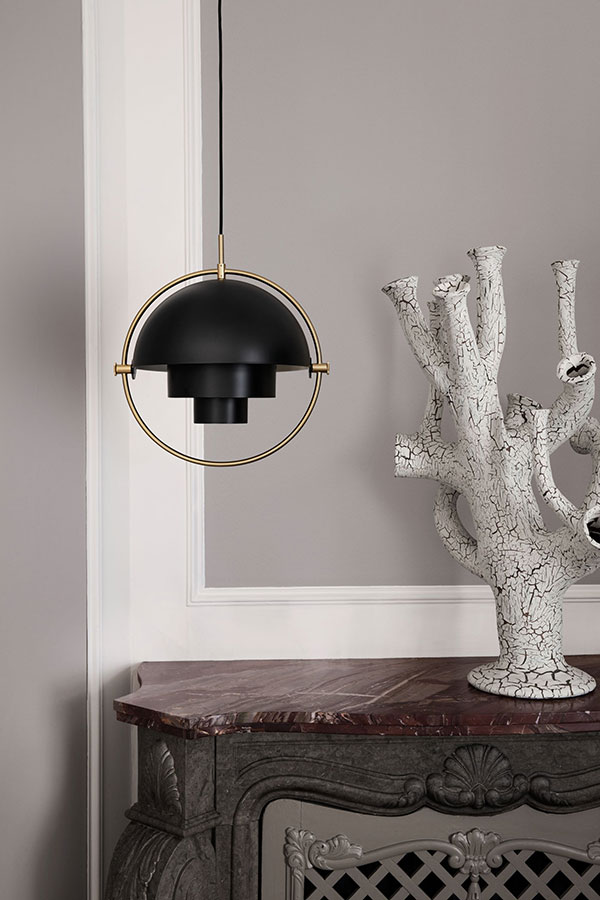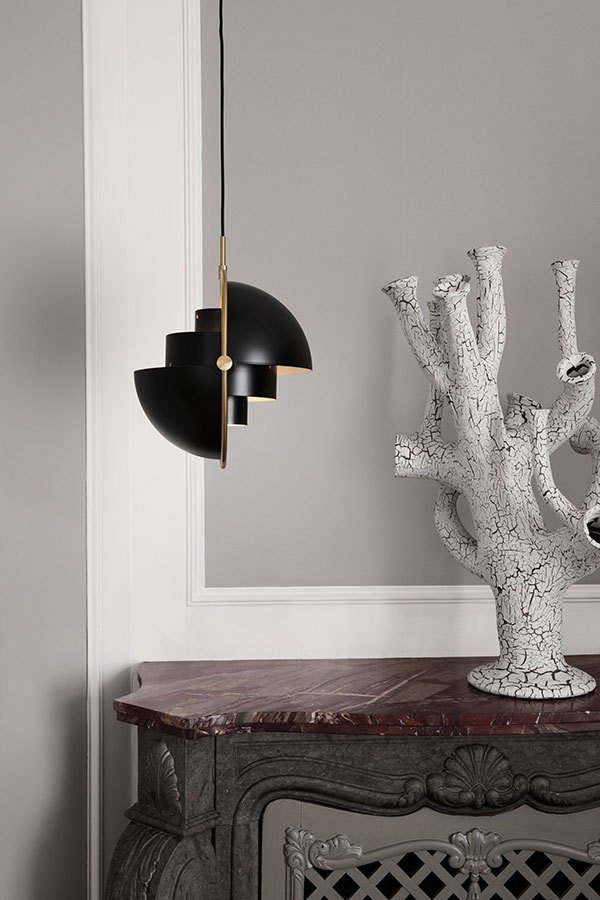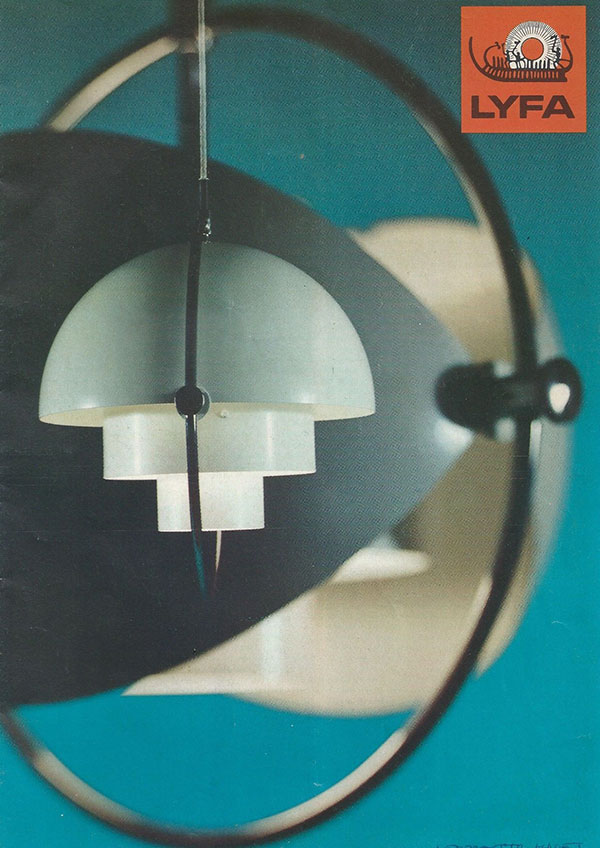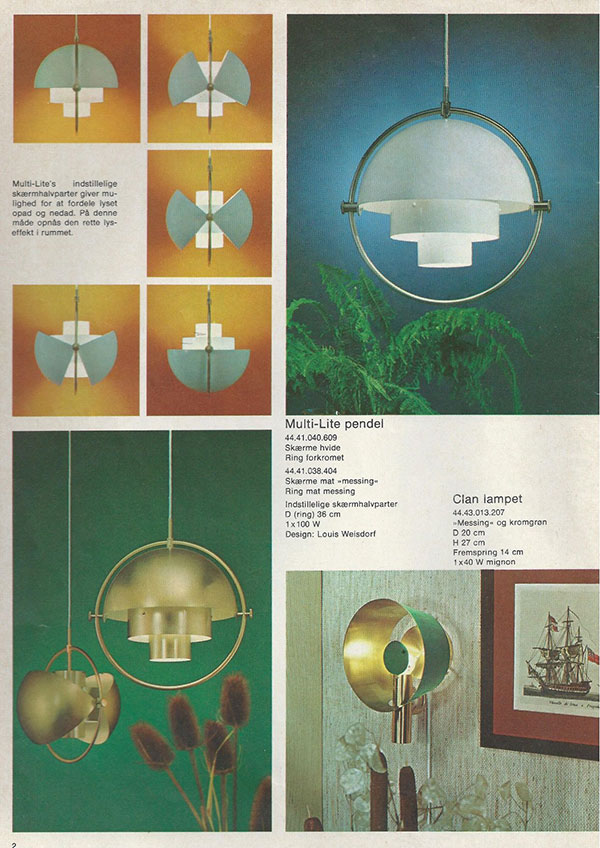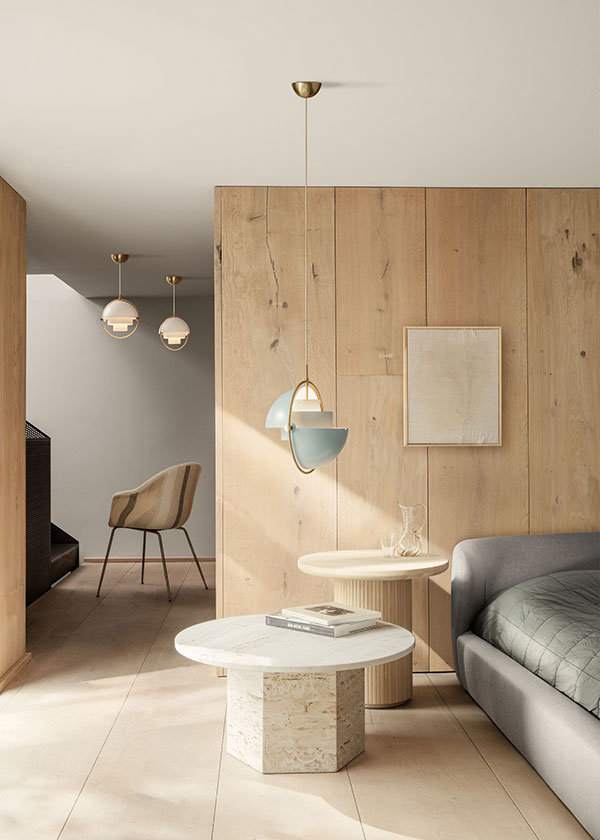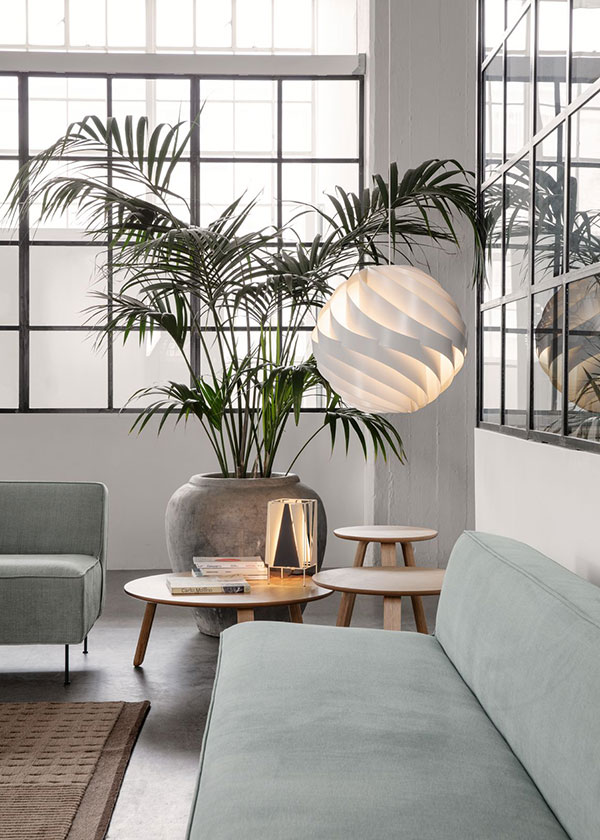In conversation: Louis Weisdorf
In an endlessly versatile career – Louis Weisdorf put his hand to everything from graphic, interior and industrial design to most other fields within the building trade. Working closely with iconic designers such as Poul Henningsen and Verner Panton, Weisdorf’s vast design experience allowed him to create a number of beautiful and functional lighting designs that are just as coveted today as when they were first released.
We spoke to Louis Weisdorf to ask a few questions about his life, his remarkable career and the inspirations behind a few of his most well-known designs.
How did your interest in form and design start?
From very early on, I noticed that I had a good sense of interior design and was able to visualize it, which are two very important qualities when working with shape and design. When, at the same time, you have a natural desire to change the appearance and improve the functions of all sorts of things around you, then you have to become a designer! The road to accomplish that was the School of Architecture at the Royal Danish Academy of Fine Arts, which back then still included a program for industrial design.
The fact I began working in lighting design was something of a coincidence. I started working for Poul Henningsen, and later Verner Panton. I especially took on board Henningsen’s principle for concealing the light bulb, so the observer would not be subjected to direct glare. The opportunity to design lamps came 10 years later when I worked for Henningsen’s son, Simon, who was an architect for the Tivoli Gardens in Copenhagen.
My first independent lighting design was the Konkylie Pendant (Conch Pendant) in 1964, which was inspired by Henningsen’s lighting principles, Panton’s fantasy world and the colourful and creative environment of the Tivoli Gardens. The construction of the lamp was unique with 12 metal slats overlapping in a spiral. A special edition, which was gold anodized on the outside and alternately orange and red lacquered on the inside, was hung all over the Tivoli Gardens. You can still find a few Konkylie Pendants hanging by the Chinese Tower.
I was very absorbed by the idea of lamps comprising overlapping metal slats and in the following years, I designed more and more lamps based on this idea. The most famous is the spherical Turbo Pendant, which was awarded ‘Die Gute Industrieform’ prize in 1973 at the Hannover Fair. One of the things that fascinated me with this idea was the very simple construction principles and the fact that you could vary the appearance of the lamp by mixing the colours of the metal slats. Eventually, I wanted even more options for variation, and I came up with a new idea. Where I got the inspiration – even I don’t know!
How did you come up with Multi-Lite?
Lamps are mostly static in their shape and look – by the time the drawing, producing and instalment are done, you have somewhat of a finished look. I wanted a lamp that could do more. I imagined it would appeal to a lot more people if they were able to put their own mark on the lamp design and change it whenever they felt the need, without compromising on the lighting qualities.
That was when I came up with the idea of the Multi-Lite; screens that could be directed in different positions, which changed the look and feel of the lamp significantly. In the end, my theory about people wanting to impact the design and appearance of their lamps turned out to be true.
How did the collaboration with GUBI start?
I got to know the GUBI family many years ago when we lived in the same neighbourhood in Frederiksberg and our children went to the same school. Years later GUBI noticed my Turbo Pendant and offered to put it into production. That turned out to be the start of a successful collaboration that continued with the re-edition of the Multi-Lite as a pendant in different sizes, as well as a floor lamp and a table lamp in many different colour combinations.
What is your best decorating tip?
It’s difficult to give one single decorating tip. People are too different and have different tastes, housing conditions, and budgets. A good piece of advice could be to always buy the best quality you can afford.
Do you own a Louis Weisdorf design? Share your styling with us over Instagram @nest_co_uk. Browse our full collection of Louis Weisdorf designs below.




